To be completely candid, up until just a couple years ago, I could have cared less about what materials my power tools were made of. Before I started hoarding drivers, drills, saws- you name it, I would grab it off the shelf and stroll to the checkout. Not anymore, with many brands taking cost-cutting measures, we have to think twice about durability. More than ever, it’s important to know what you’re getting before you swipe your credit card. So, have you ever wondered what exactly goes into the tools you’re buying? Let’s jump into What Your Tools Are Made Of and find out.
What Your Tools Are Made Of -Overview
Rather than touch on the materials and signs not to look for, there is considerable value in knowing what materials make for a solid, long-lasting power tool. The characteristics and qualities of robust materials stand out against the shortcomings of the more “budget friendly.” Knowing what these are could make all the difference in the world! Generally, manufacturers stick to a few common materials, let’s explore about a few.
What Your Tools Are Made Of -Nylon-66
A very prominent tool shell material is Nylon-66, also referred to as PA-66. This injection molded (and very costly) plastic has great heat resistant properties, but unfortunately sacrifices its resistance to impact. This can be a major factor when considering a quality tool. Often used in glue guns, heat guns, and soldering irons, Nylon-66 can also be improved upon by adding glass fibers to provide more tensile strength to the material. When these two properties are joined, the end result is a synthetic material fit for most power tool frames. This is used heavily in reciprocating saws, jigsaws, and circular saws. Granted, high-temperature resistance is a great property, but keep your torches away from Nylon-66! General heat is okay, but flames are a no-go.
What Your Tools Are Made Of -ABS Plastic
As far as plastics in power tools go, no other material can touch the impact resistance of Acrolonitrile Butadiene Styrene, better known as ABS. Typically used in bumpers and fenders of newer vehicles. ABS provides tool shells with protection from infamous ladder and roof drops but comes up short when the consumer opens the box. This is mainly due to warping during the manufacturing process.
Tools in general, are fairly small objects, married up via clamshell shape. To get these two shells to meet precisely is quite difficult with ABS, which results in what often looks to be a quality control issue in consumer or budget grade tools. On the flip side, ABS is typically lighter than most other plastics. This is a definite plus when we’re talking about a tool that we may have to hold for long periods of time. If you can find a premium tool using this material, you’ve definitely found a keeper! ABS really doesn’t lack in any particular department, and is a strong choice for tool shell material!
What Your Tools Are Made Of -Glass Fiber Reinforced Plastic
Will it cut your hand? No. But will it make your drill stronger and more rigid? Yes. Glass fiber reinforced plastic is an important material to all DIY’ers and pros alike. The fibrous material is typically comprised of a base made mostly of polymer, reinforced with fiberglass strands, thus making for a strong, yet flexible material.
So why is glass fiber reinforced plastic important? Well, in a tool such as an impact driver, you would prefer a tool with material that has a great tensile strength and can stand abuse. This tool would ideally also have some “flex” to it when your hand is resisting the twisting of the business end. This is glass fiber reinforced plastic!
Most mid-range, “pro-sumer”, and pro tools sport glass fiber reinforced plastic for their frames nowadays, but beware, not all parts are made of this do-it-all blend. If you become curious about the material of one of your tools, a great way to check if it is constructed of this material is to scrape it with a razor blade. If you hear/feel particles being cut along with the plastic (it’ll be obvious) then you’ve most likely got some glass fiber reinforced plastic in the tool.
What Your Tools Are Made Of -Thermoplastic Elastomer Overmolding
Lastly, we can touch on arguably one of the most important pieces of your power tools, the grip! Thermoplastic Elastomer (TPE) over-molding is typically applied to the base shell material to provide an added purchase to the tool. This grippy and mostly slip-resistant material is often mistaken for rubber. But, it actually just plastic melted onto a shell constructed of one of the above materials.
This over-molding (as we’ve seen with some pretty wild grip styles on drill/drivers) can be pretty complex. Luckily though, the process of melting TPE onto the shell is fairly straightforward. The melt process makes for a reliable, and precise chemical bond to the tool shell.
What Your Tools Are Made Of -Conclusion
For most DIY’ers, consumers, and heck- even pros, these materials aren’t typically ever thought of. Unless of course, you’re a nerd like myself. But trust me, down the road, as the market gets more competitive, and cost-cutting is factored into the bottom line, knowing what these materials are, and how to identify them could certainly influence the purchase decision on a long-lasting power tool vs a tool that may only stand up to a year or so of abuse. Good luck, friends!

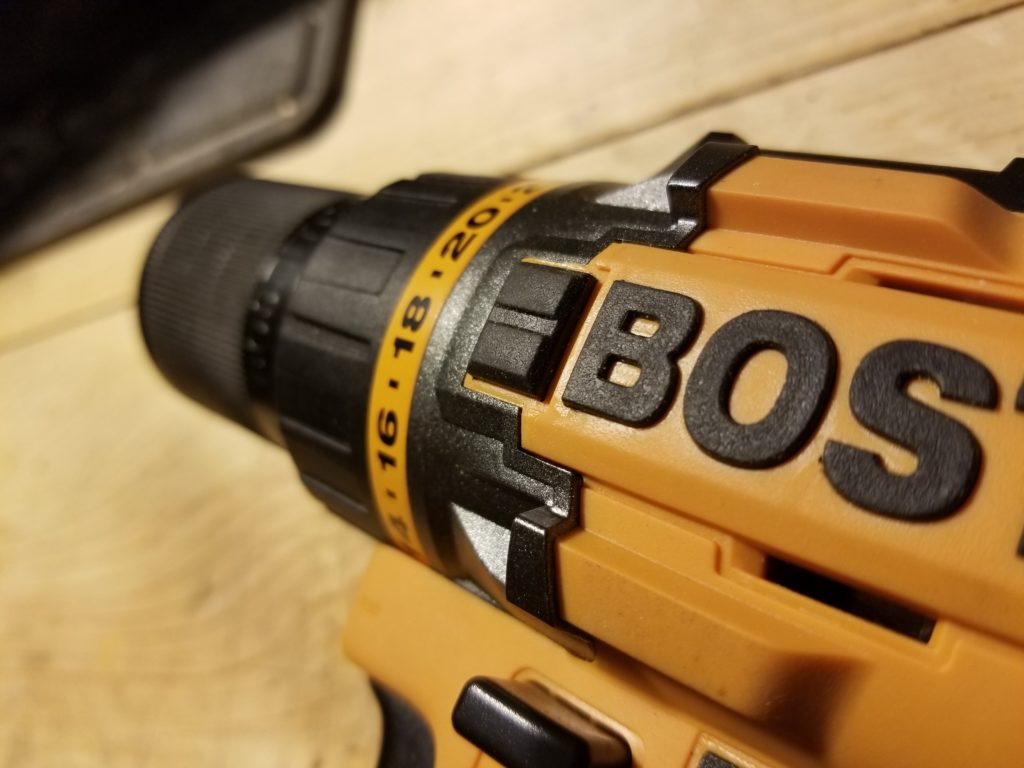

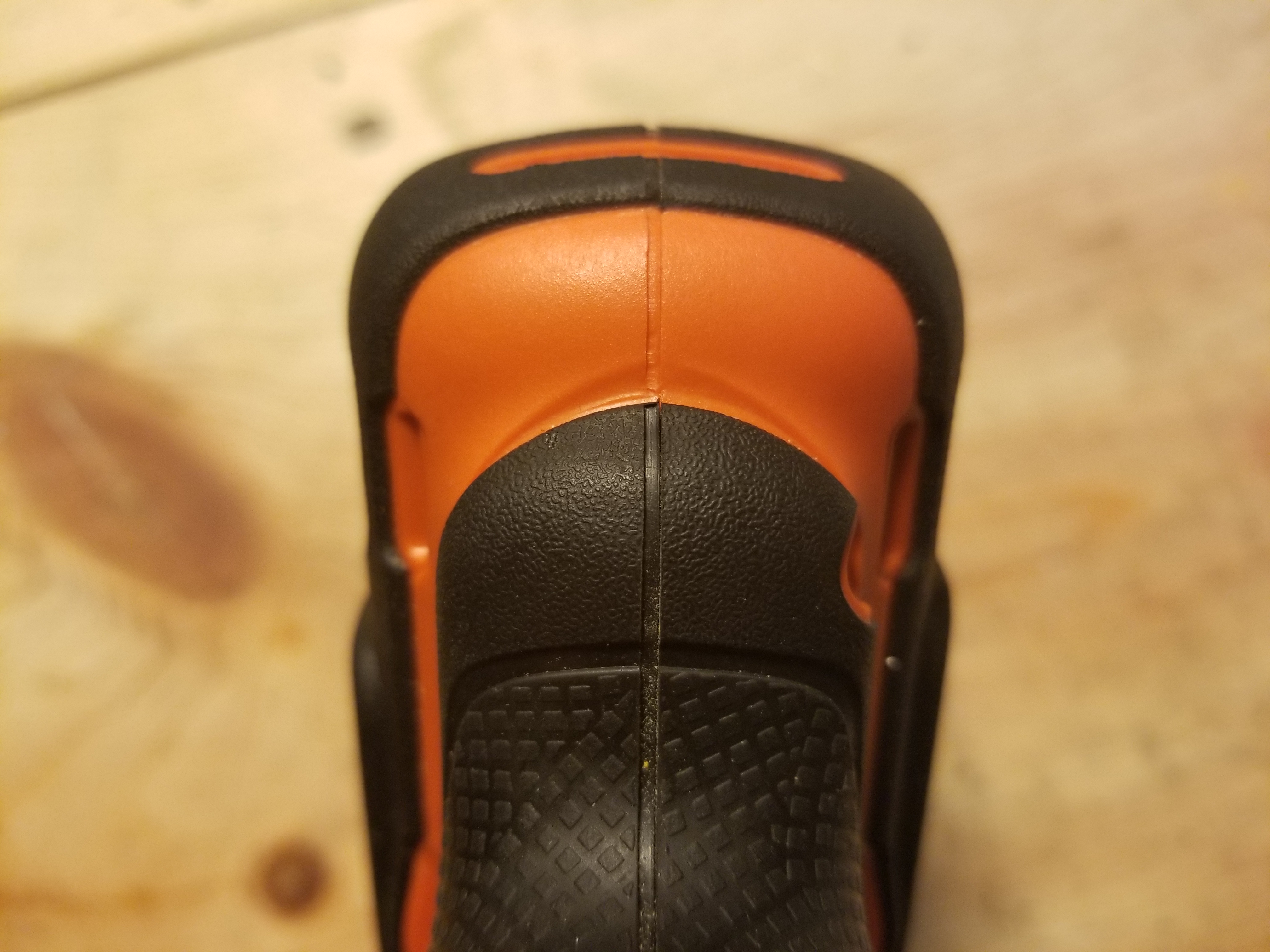
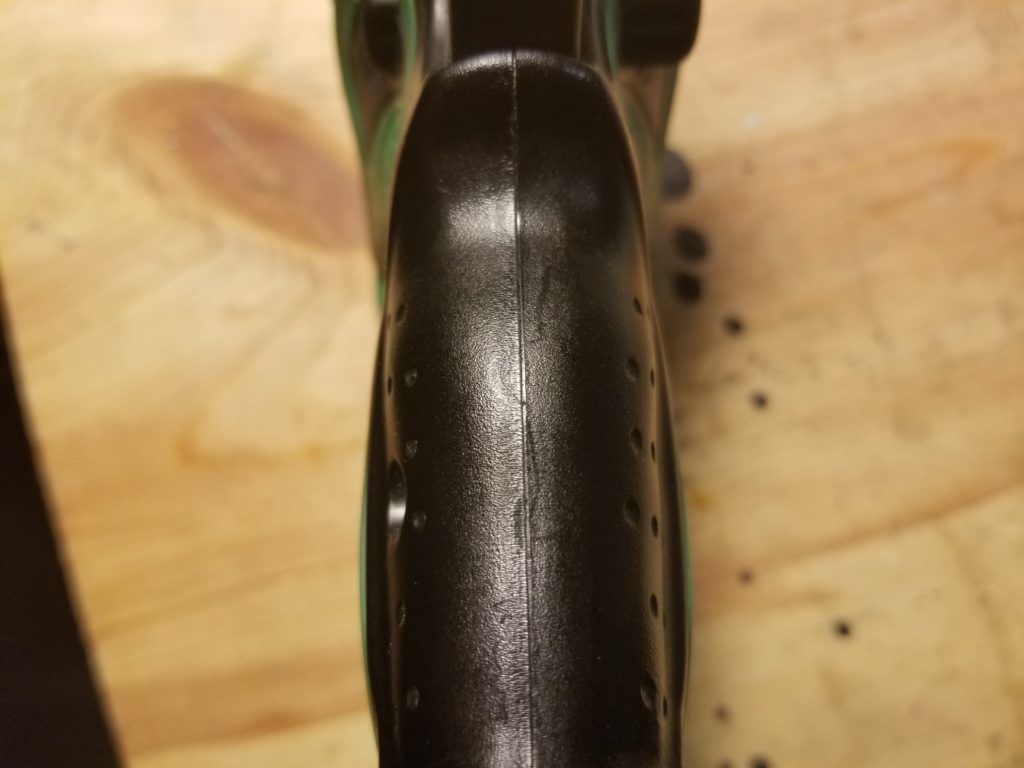
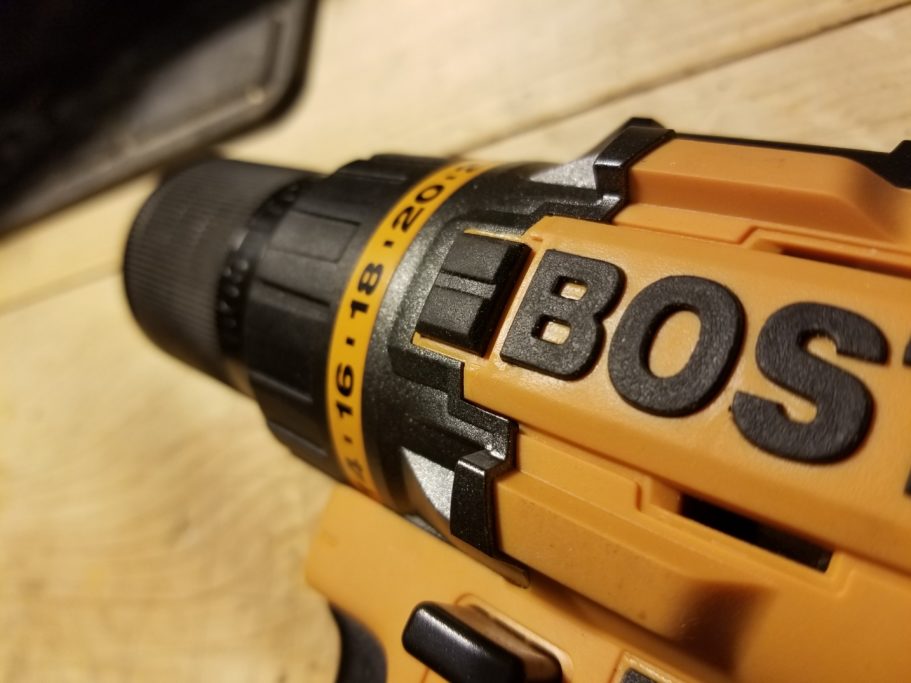

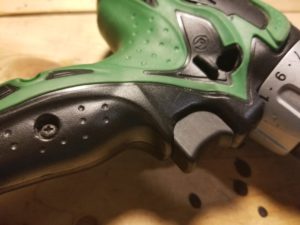
what plastic would a bosch jigsaw’s casing be made out of?